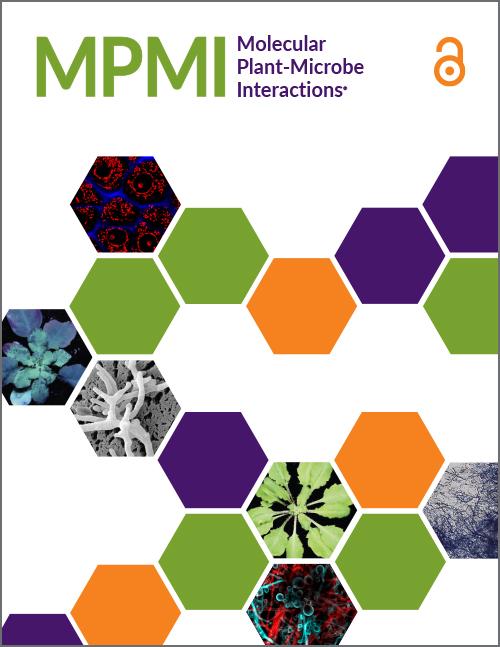
Credit: APS
While several biology techniques have undergone significant technical advances that have allowed their high-throughput implementation, assessing the resistance levels of plant varieties to microbial pathogens remains an arduous and time-consuming task. In response to this, Pujara and collaborators took advantage of the naturally occurring luminescence of a deep-sea shrimp to engineer a light-producing bacterial reporter that allows the quantification of plant resistance levels through imaging.
The Nanoluc luciferase (NL) from Oplophorus gracilirostris is a small protein characterized by its high stability and strong brightness. The researchers exploited these features to produce a light emitting bacterial strain from the Pseudomonas syringae species, a plant pathogen. Because plant pathogens reproduce at a higher pace in susceptible than resistant hosts, susceptible plants were expected to produce more light when infected with a controlled amount of the luminescent pathogen. By integrating this setup with an automated table with a camera that moves within and images plants, the researchers were able to simultaneously phenotype over 30 Arabidopsis thaliana mutants. This novel quantification method was compared with conventional culture-based techniques, showing a high correlation between the outcomes of both approaches, indicating the robustness of the newly developed tool and the potential of this technology for other uses and applications.
“Our high throughput imaging-based resistance assay will provide plant pathologists and breeders a long-sought tool to screen an unprecedented number of plants to identify resistance traits that could fight a potential future pandemic,” explained Hong-Gu Kang, the researcher leading this project. “In addition, we are currently working on developing an artificial intelligence (AI) algorithm that will further expedite resistance analysis processes. Ultimately, we would like to conduct a project to assess all the genes in Arabidopsis and other species for resistance,” he added.
Read more about this technical advance in the fully open access MPMI journal. This article has been through peer-review but has not yet been edited and formatted.
###
Media Contact
Juan S. Ramirez-Prado
[email protected]
Related Journal Article
http://dx.




